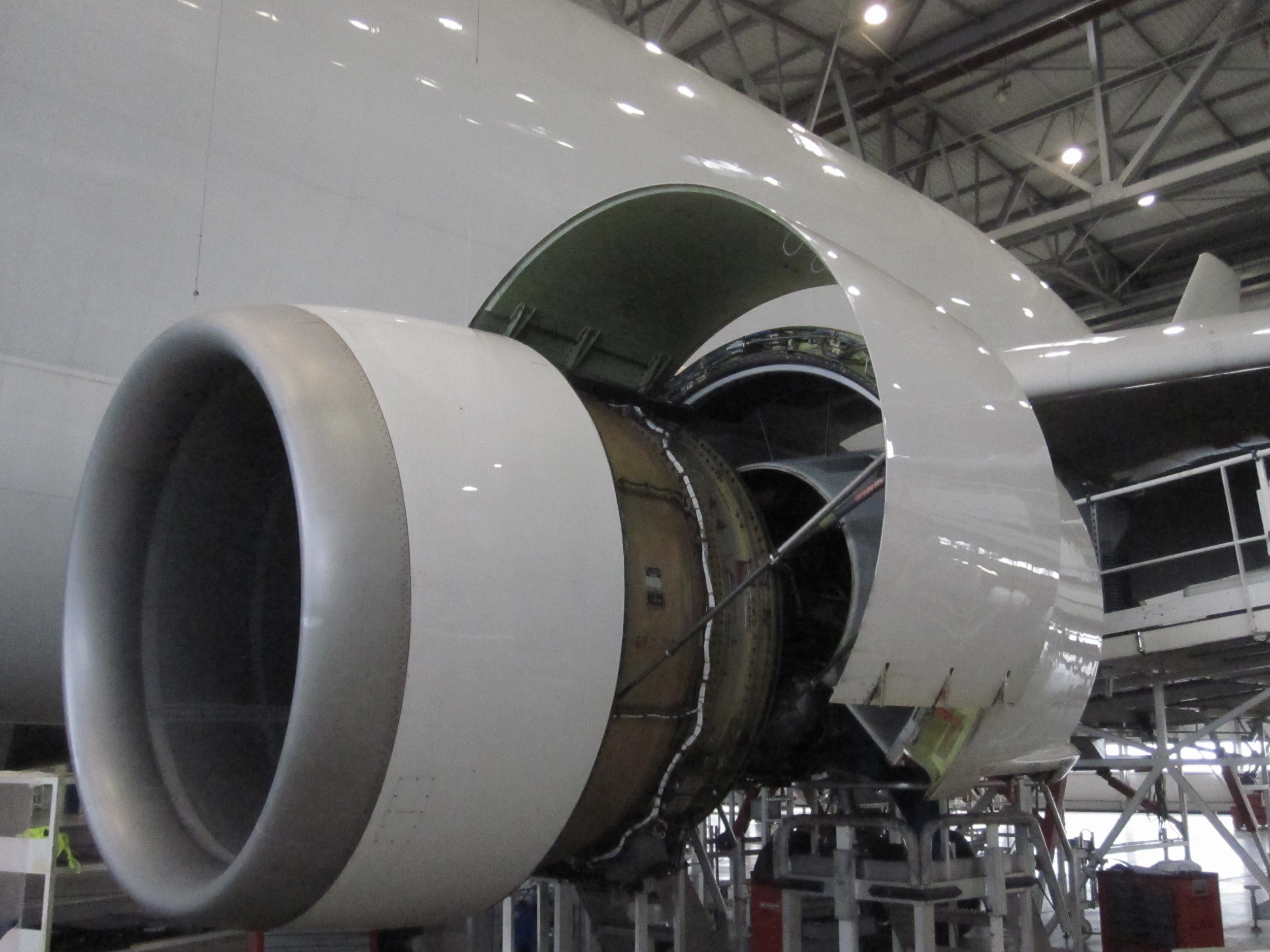Visiting the home of the Beluga
Five like these keep the European aviation industry going
Last weekend I had the chance to visit once more Airbus' facilities in Toulouse and, while the trip was focused on the A380, including an on-board visit to Thai Airways' fifth aircraft of the type (more of this in upcoming posts!), one of the highlights of the tour was the rare opportunity to get a privileged close look at one of the World's most unique and weirdest looking aircraft: the Beluga.
The Beluga in its home
A side view of the Beluga cockpit
Those of you that have seen an Airbus Beluga aircraft I am sure you are not in doubt about why this aircraft got this name!
Another frontal view of the Beluga. Picture: premier.gov.ru
A Beluga close-up
The Beluga is, in reality, an Airbus A300-600 that has been modified to ferry aircraft parts between the different factories that Airbus has throughout Europe. It is actually the result of a sort of "copy and paste" process, where an A300-600 has been cut through the central section of its fuselage for the characteristic "bump" to be added. The cockpit has also been lowered respective to its normal position.
From A300-600 to Beluga
There are five Belugas currently in service and each of them is, literally, an artisan product: they have not been serially manufactured and each of them is slightly different from the others.
The Beluga is an essential part of Airbus' complex logistical chain...it's interesting up to what point Europe's aircraft manufacturing capabilities depend on these five good old Belugas.
By the way, large as the Beluga might be, it is still not enough for most A380 sections, that need to be transported by boat and barge.
A big part of the A380 still travels by boat
The A300-600 is certainly an old airframe, something even non-expert eyes can notice the moment you set food inside the aircraft. The Beluga has also quite a short range, only about 1500m fully loaded, which is fine if you have to fly only between European production sites, but with Airbus manufacturing operations becoming a lot more global, with new assembly lines in China and Mobile, Alabama, no wonder there is currently some talk of a Beluga replacement, the Beluga XL, based on the A330-200, coming up before the end of this decade.
It would be interesting to see whether, rather than opting for an "artisan" solution Airbus serially produces it as an aircraft for the cargo market. At the moment the Beluga flies mainly in support of Airbus own logistics operations, but it can be rented as well as for specific missions, for example, in 1999 it flew the large canvas of Delacroix's famous painting "La Liberté guidant le peuple" from Paris to Tokyo, a trip which required two stopovers.
The belly of the Beluga
Beluga engine
The Airbus Beluga from an unusual angle
The tail of the Beluga
Beluga engine de-constructed
The cargo bay is not pressurized
The interior of the Beluga. The non-pressurized area was actually quite claustrophobic, and we had to wear helmets for good reasons, since we were touching the ceiling with our head all the time...
The cockpit of the Beluga has quite a vintage look














